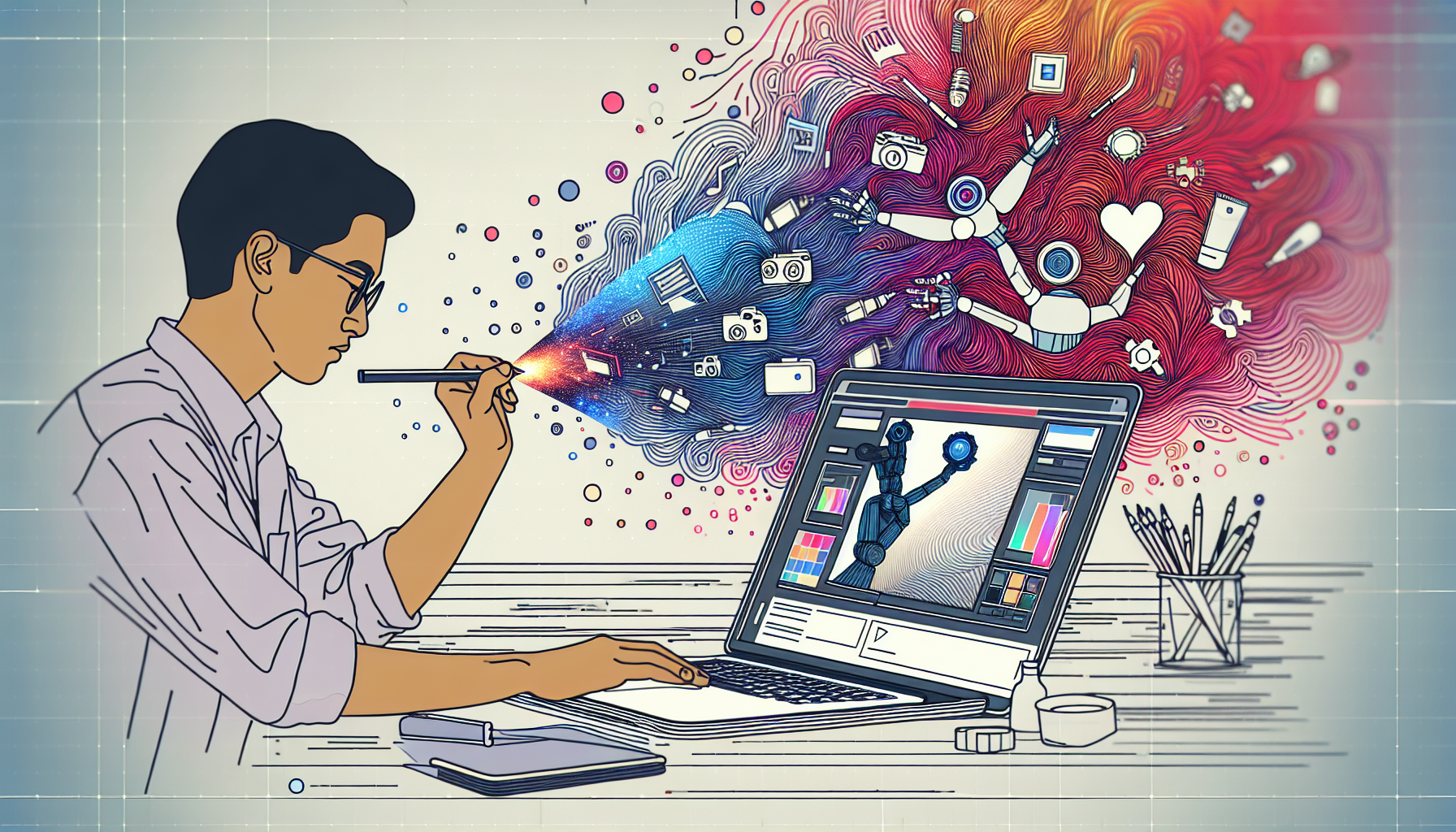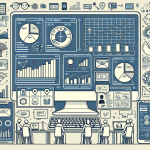As we step into a new era of filmmaking and creative expression, the role of artificial intelligence continues to evolve dramatically. One of the most talked-about advancements comes from the Surrey Institute for People-Centred AI, which recently introduced NitroFusion, a revolutionary AI model. This model promises near-instant image generation that can operate on consumer-grade hardware, fostering exciting discussions across platforms like Hacker News, known for its vibrant exchanges on technology and innovation.
Excitement Surrounding New AI Models
NitroFusion has emerged as a potential game changer by lowering barriers to entry for independent creators and small studios. With features designed to enhance accessibility, creators can generate high-quality visuals almost instantly. As Professor Yi-Zhe Song put it, “NitroFusion represents a paradigm shift in making AI accessible to everyone.” This underscores that this technology does away with the requirement of extensive computing resources while providing prompt artistic iterations. The excitement surrounding NitroFusion is palpable as it enables creators who previously relied on costly equipment to embark upon their projects with newfound confidence. This shift isn’t merely about faster production cycles; it’s about democratizing access to powerful tools. As independent filmmakers and content creators increasingly adopt NitroFusion, the potential for diverse stories and innovative narratives expands exponentially.
Transforming Creative Processes
Imagine the possibilities in film production; NitroFusion can facilitate rapid storyboarding and concept art creation, altering how scripts and stories evolve visually. By responding in real-time as users type, this AI tool opens up new avenues for creativity and collaboration. Directors and artists can refine their visions without the painstaking wait times associated with traditional practices, making the creative process more dynamic than ever. Moreover, rapid iterations open a floodgate of ideas, allowing for more experimental storytelling that can break conventional molds. As creators engage with this technology, traditional bottlenecks in the production process may dissolve. Ideas that were once sidelined due to budget constraints or lengthy revisions can now come to life, rewarding innovation and fostering artistic risk-taking. The dynamic nature of pre-production now allows for a flow of creativity that can significantly enhance the end product.
Skepticism Within the Tech Community
Yet, not everyone shares unbridled enthusiasm for AI’s capabilities in creative fields. Skepticism arises primarily from concerns about the quality of outputs in comparison to traditional artistic methods. Can AI-generated images truly replicate the nuanced touch of human creativity? Many professionals contend that while AI can enhance efficiency, it could never replace the soul behind artistic creation. The debate often boils down to whether technology can aid artists without overshadowing their unique insights and experiences. This skepticism hints at a deeper dilemma within the creative community: how to balance efficiency and artistry.
The challenge is not just adopting new tools; it’s about maintaining authenticity in the creative process while ensuring that the technology enhances, rather than diminishes, the human touch in storytelling. Transitioning to a model where AI aids in creation presents both promise and caution, prompting critical conversations around creative integrity.
Economic Implications
The economic impact of such advancements is another area of heated debate. As AI tools begin to take over tasks traditionally performed by humans, questions loom over potential job losses in film and other creative industries. Will filmmakers and artists become dependent on AI for their craft, or can these tools coexist with human ingenuity? Economic discussions frequently highlight the need for a balance; one where AI is used to complement human labor rather than replace it, thus preserving a diverse ecosystem of creativity. The rise of AI in production is not about erasing jobs but redefining them. Roles may shift from the manual execution of tasks to curatorial responsibilities, where human designers oversee AI output to ensure it aligns with creative visions while enhancing the overall storytelling experience.
Future of AI in Film Production
The future of AI in filmmaking will likely involve a collaborative approach, where AI complements rather than replaces traditional roles. Integrating advanced tools like NitroFusion in production workflows could enable teams to focus on storytelling and emotional resonance, areas where human touch remains irreplaceable. With promising developments, filmmakers who embrace AI while retaining the essence of their artistry could foster innovative films that resonate deeply with audiences.
By embracing a mindset of collaboration with AI, filmmakers have the potential to enhance their narratives and push creative boundaries, transforming their storytelling experience through the seamless integration of technology. Additionally, as filmmakers engage these tools, it becomes crucial to monitor outcomes and ramifications on arts and employment within the sector.
Ethical Considerations and Responsible AI Use
As with any transformative technology, ethical considerations are paramount. How do we ensure that AI developments in creative fields are responsible and inclusive? Professor Adrian Hilton noted the importance of creating technology that ensures “the future of creative AI technology is inclusive, responsible, and accessible.” This vision necessitates a commitment from tech developers and creators alike to respect the integrity of artistic processes while harnessing AI’s vast capabilities. Conversations around how AI should be utilized need to happen now to prevent unintended long-term consequences that could affect the creative landscape.
Engagement with Emerging Technologies
As discussions proliferate around models like NitroFusion, it’s essential for the creative community to engage with these technologies constructively. Experimentation can lead to groundbreaking innovations, but it also requires critical reflection on the implications for art and labor. By sharing insights and experiences, creators can shape the trajectory of AI in film production, ensuring it enhances the crafting of stories rather than detracting from the creative spirit. A collective approach will not only demystify the technology but also empower artists to use it ethically and effectively.
As we navigate this uncertain terrain, let’s stay curious and committed to responsible exploration of AI tools. The transformative role of AI in film production holds immense potential, but with that potential comes significant responsibilities. Engaging in discussions, attending workshops, and collaborating across disciplines will help forge a path toward a future where technology and creativity thrive together. Ultimately, the essence of storytelling must remain at the forefront, advocating for a harmonious blend of AI efficiency and artistic integrity.
Relevant Links:







Leave a Reply